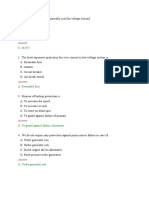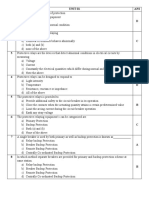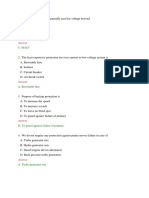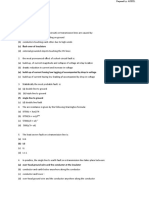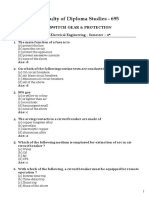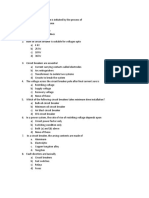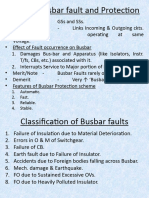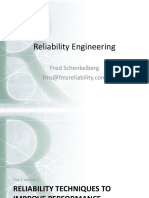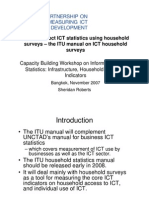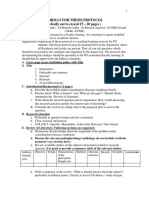0% found this document useful (0 votes)
40 views5 pagesProtection Practice Questions
The document consists of multiple choice and true/false questions related to power system protection, covering topics such as the purpose of protection systems, devices used in protection, and characteristics of relays. It tests knowledge on concepts like current transformers, voltage transformers, and fault detection methods. The questions aim to assess understanding of protection system principles and their applications in power systems.
Uploaded by
aelhammamiigcseCopyright
© © All Rights Reserved
We take content rights seriously. If you suspect this is your content, claim it here.
Available Formats
Download as PDF, TXT or read online on Scribd
0% found this document useful (0 votes)
40 views5 pagesProtection Practice Questions
The document consists of multiple choice and true/false questions related to power system protection, covering topics such as the purpose of protection systems, devices used in protection, and characteristics of relays. It tests knowledge on concepts like current transformers, voltage transformers, and fault detection methods. The questions aim to assess understanding of protection system principles and their applications in power systems.
Uploaded by
aelhammamiigcseCopyright
© © All Rights Reserved
We take content rights seriously. If you suspect this is your content, claim it here.
Available Formats
Download as PDF, TXT or read online on Scribd
/ 5








